Some dogs act like geniuses one day and completely ignore you the next. These breeds have an occasional willingness to learn—they’re smart and intelligent, but only when they feel like it. One minute, they’re nailing commands like a pro, and the next, they’re staring at you like you just spoke an alien language. Sounds familiar?
These dogs aren’t stubborn in the traditional sense; they have their own priorities. Unlike eager-to-please pups that jump at every command, these independent thinkers like to consider whether your request benefits them. Training them? Possible! But it takes patience, creativity, and a good sense of humor.
So, why do some breeds have this “take-it-or-leave-it” attitude toward learning? It’s all about their history, instincts, and personality quirks. If you’re up for the challenge (and the occasional eye-roll from your pup), these dogs can be incredibly rewarding companions.
Ready to dive in? Let’s go.
Occasionally Willing to Learn Dog Breeds
1. Rottweiler
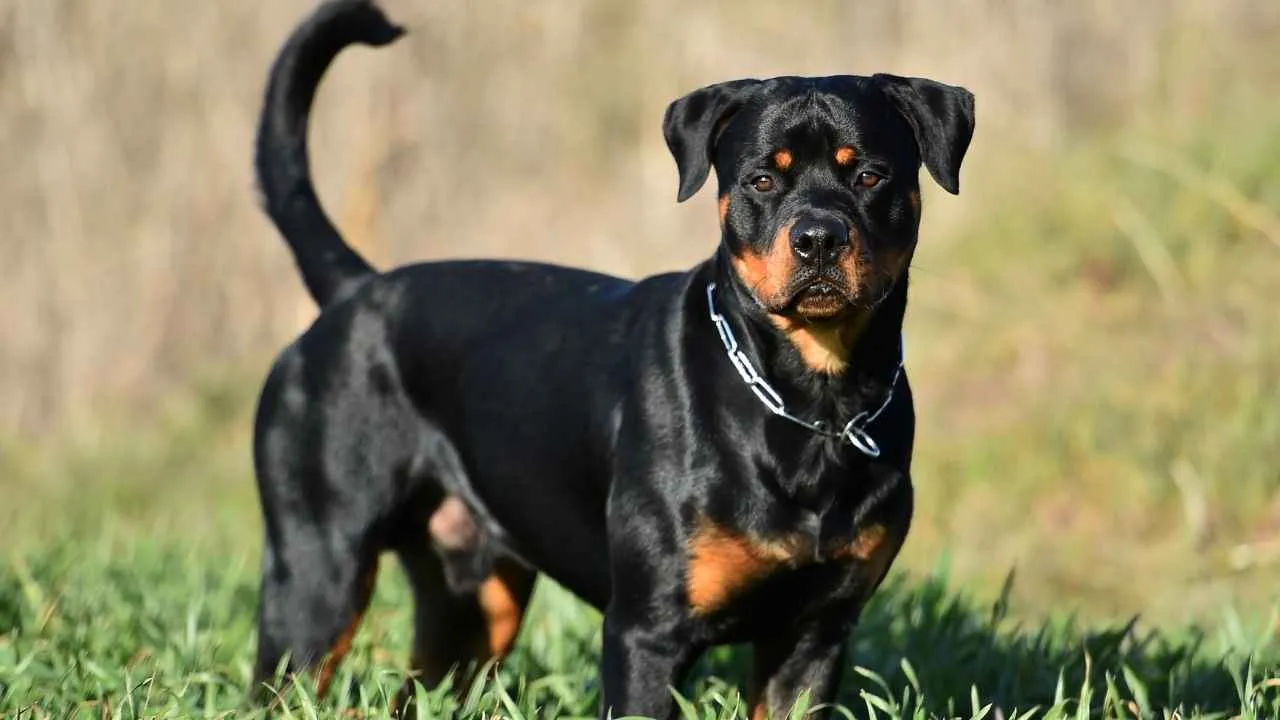
These confident, muscular dogs have intelligence to spare, but their willingness to learn depends entirely on their mood. When they respect you, they’ll follow commands with precision. But what if they sense inconsistency or weakness? Good luck getting them to cooperate!
Rottweilers are active and loyal, but they are independent thinkers, says PetMD. They were originally bred as cattle-driving and guard dogs, so they had to make their own decisions. This independent streak means they can learn commands quickly but won’t always feel the need to obey—unless you make it worth their while.
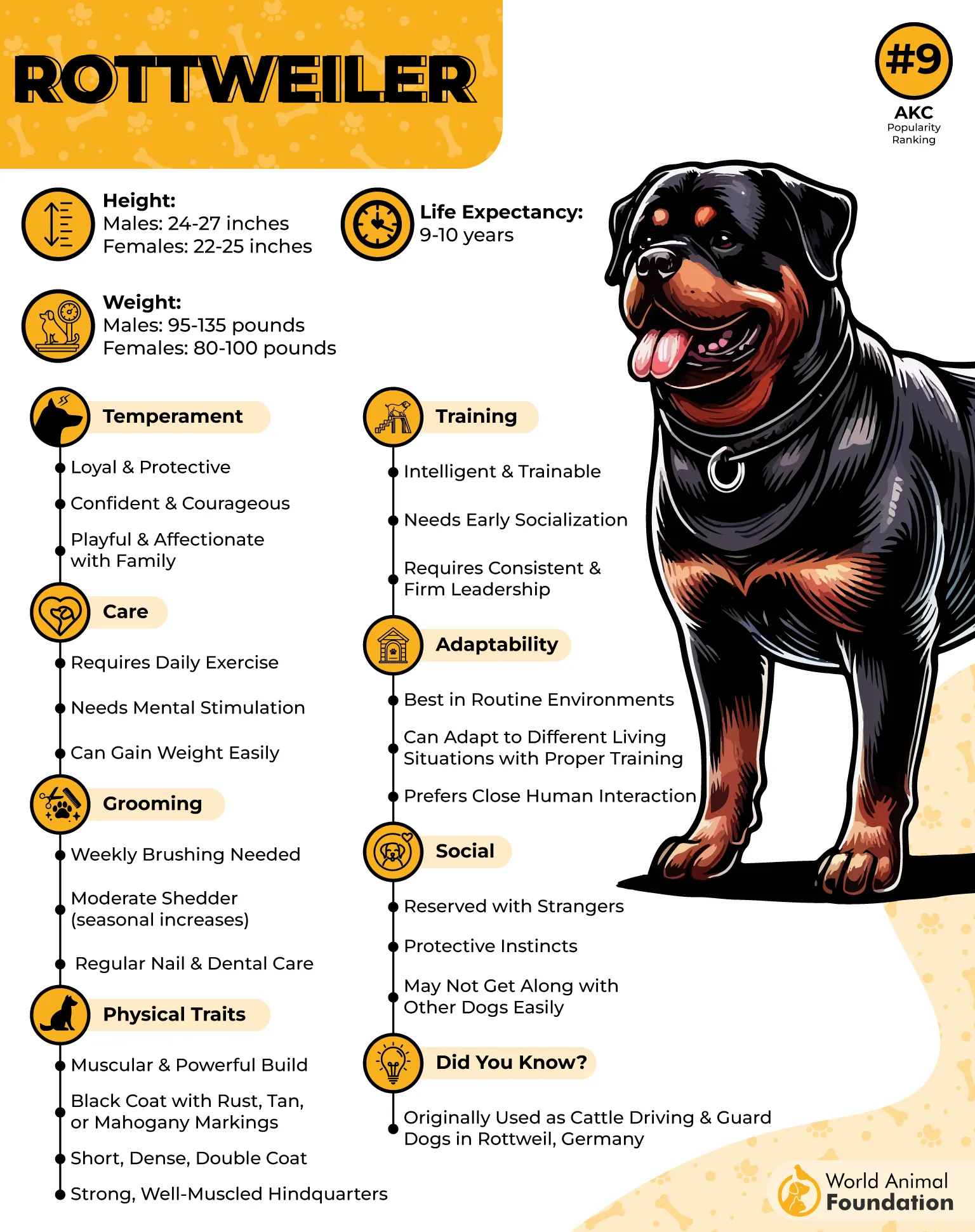
Ever wondered why some Rotties act like bodyguards while others act like couch potatoes? It all comes down to engagement. When mentally stimulated, they’re obedient and sharp.
One trick to keeping a Rottweiler’s attention is variety. Repetitive training bores them. Switch up your commands, add obstacle courses, or even introduce scent-tracking games. A mentally engaged Rottie is a cooperative Rottie.
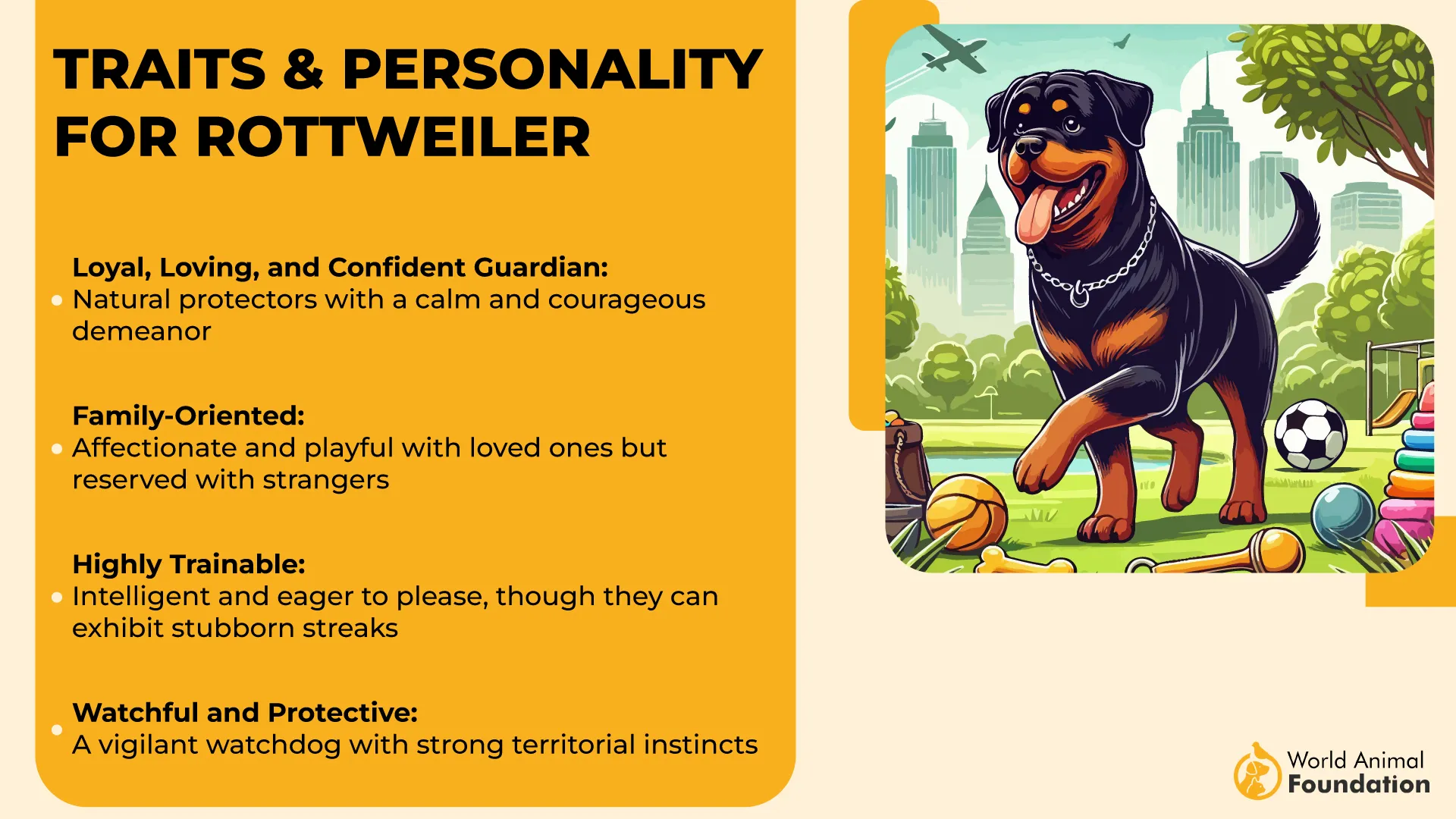
Because of their strong protective instincts, socialization is just as important as obedience training. A well-socialized Rottweiler is confident and well-mannered, while an untrained one may make its own (sometimes questionable) decisions about who’s a threat.
Quick Fact: Rottweilers were among the first police dogs and are still used in search-and-rescue missions due to their intelligence and tracking skills!
2. German Shepherd
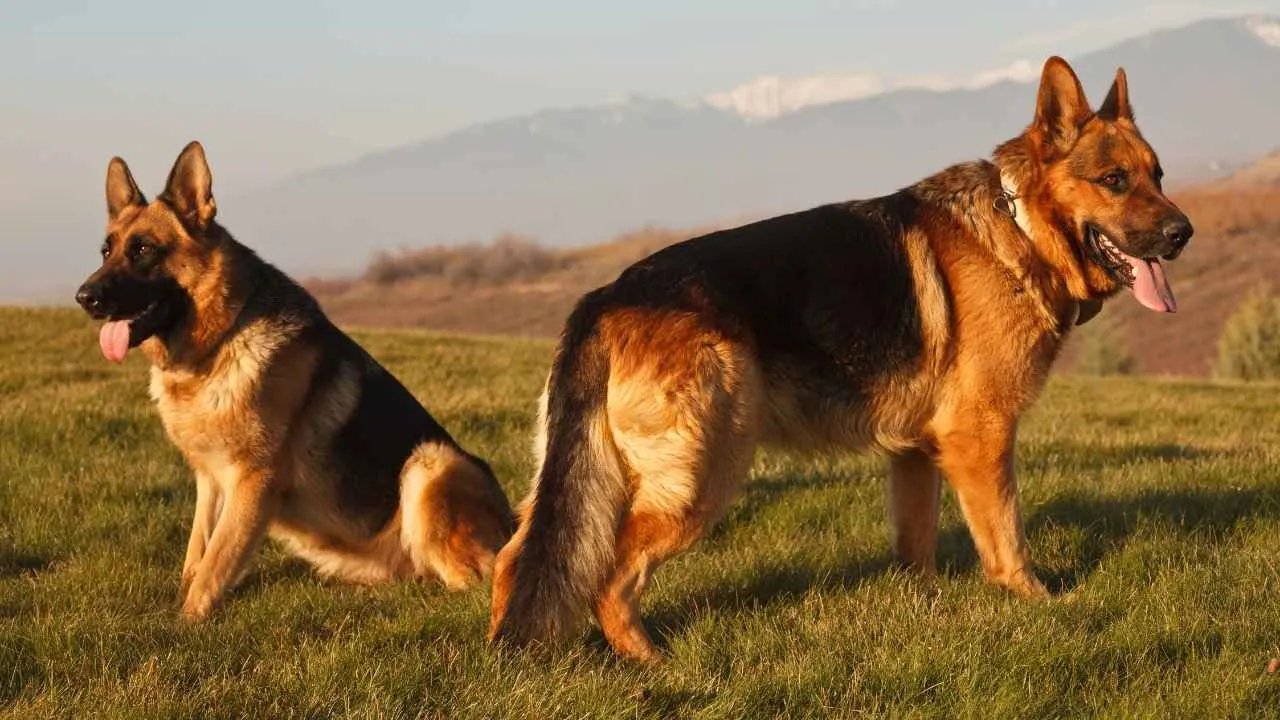
The German Shepherd is the dog that can learn anything, but only when it suits them. These highly intelligent dogs have an incredible capacity for training, but their willingness depends on the situation. If a command makes sense, they’ll pick it up in seconds.
German Shepherds are bred for work—police duties, military service, search-and-rescue—you name it. But here’s the catch: they need to see a purpose behind their actions. Unlike dogs that follow orders to please, Shepherds prefer problem-solving. Want them to sit just because? They might hesitate. Sitting means they get to chase a ball or protect their family. Now they’re interested.
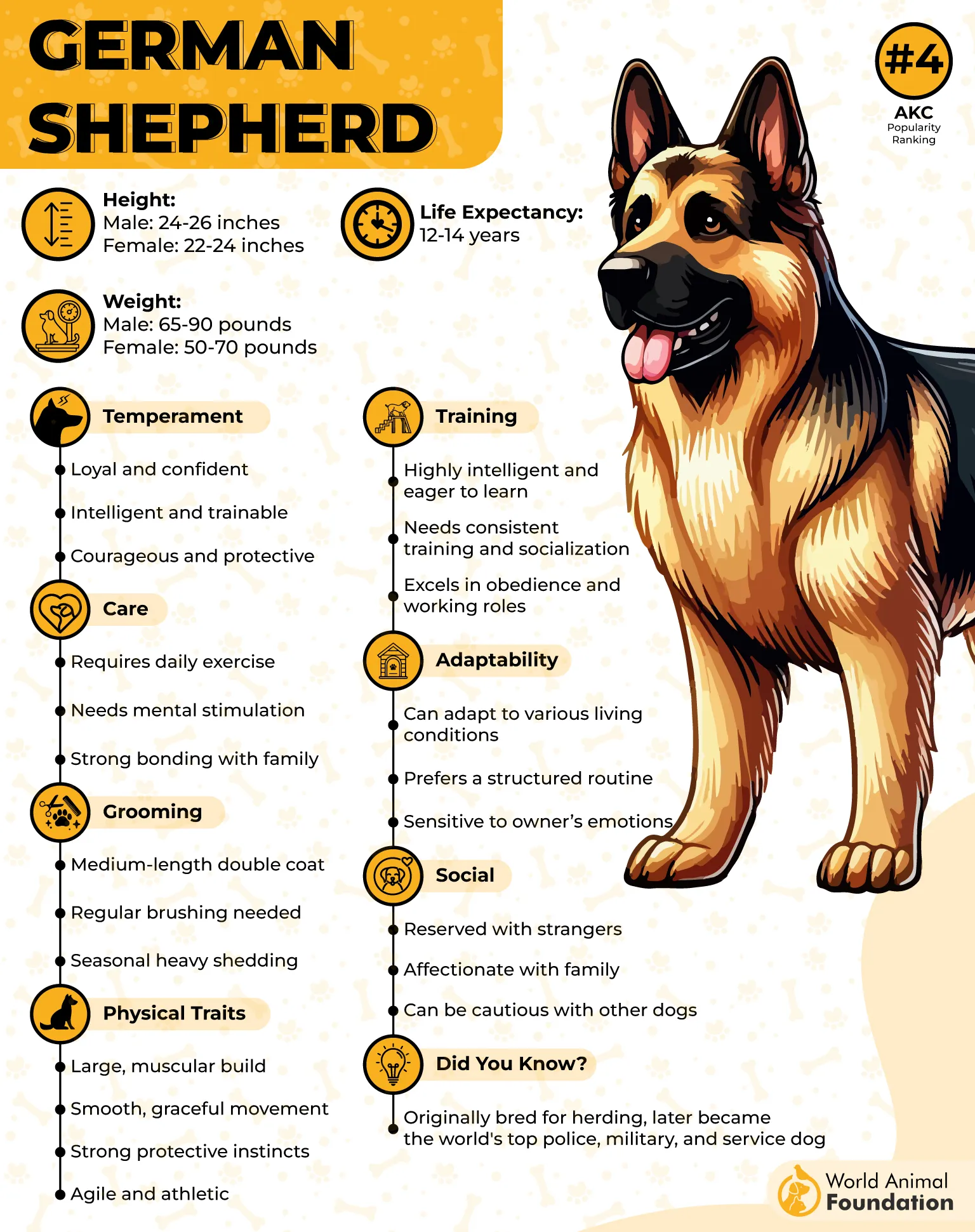
Some German Shepherds act like disciplined soldiers while others behave like mischievous tricksters, and it all comes down to consistency. If you set clear boundaries and challenge them intellectually, they’ll be the most obedient dogs you’ve ever met. But if you’re inconsistent, they’ll push limits to see what they can get away with.
One fascinating trait about German Shepherds is their ability to read people. They’re not just smart but also popular for their intelligence, states Purina. They can sense frustration, hesitation, or weakness in their owners, which is why a confident, calm training approach works best. If you second-guess yourself, they’ll take charge instead!
Early Socialization plays a major role in their behavior. While naturally protective, an under-socialized German Shepherd may develop unnecessary suspicion or nervousness. Exposure to environments, people, and situations from an early age helps balance their natural guarding instincts with good manners.
3. Papillon
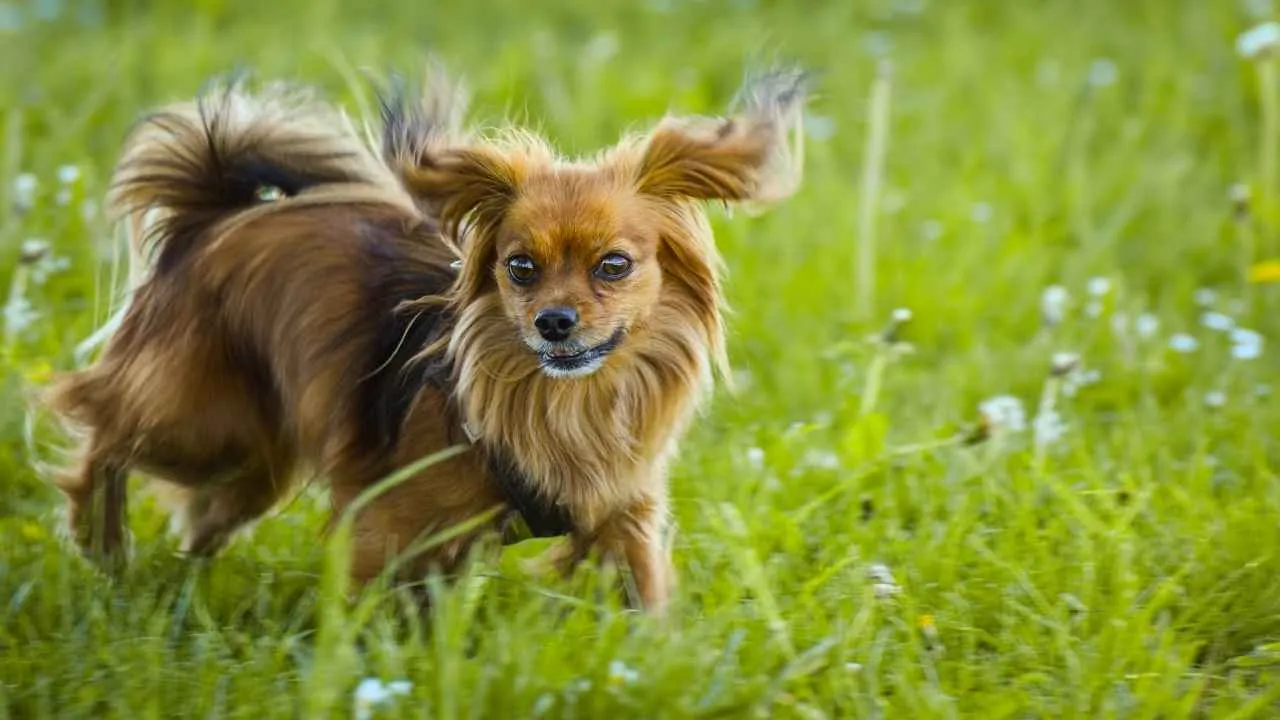
Think small dogs are all about cuddles and no brains? Think again. The Papillon is a tiny genius wrapped in silky fur, but don’t be fooled by their delicate appearance. These little dogs are bursting with intelligence—when they choose to use it. One day, they’re performing tricks like a seasoned pro; the next, they’re staring at you like they’ve never heard the word “sit” in their life.
Papillons are highly smart and eager to please, says the AKC. Papillons are highly trainable, but here’s the twist: they’re also easily distracted. Unlike working breeds that are laser-focused on tasks, Papillons have a mind of their own. A new scent, a fluttering leaf, or even the sound of their paws tapping on the floor can become much more interesting than your training session.
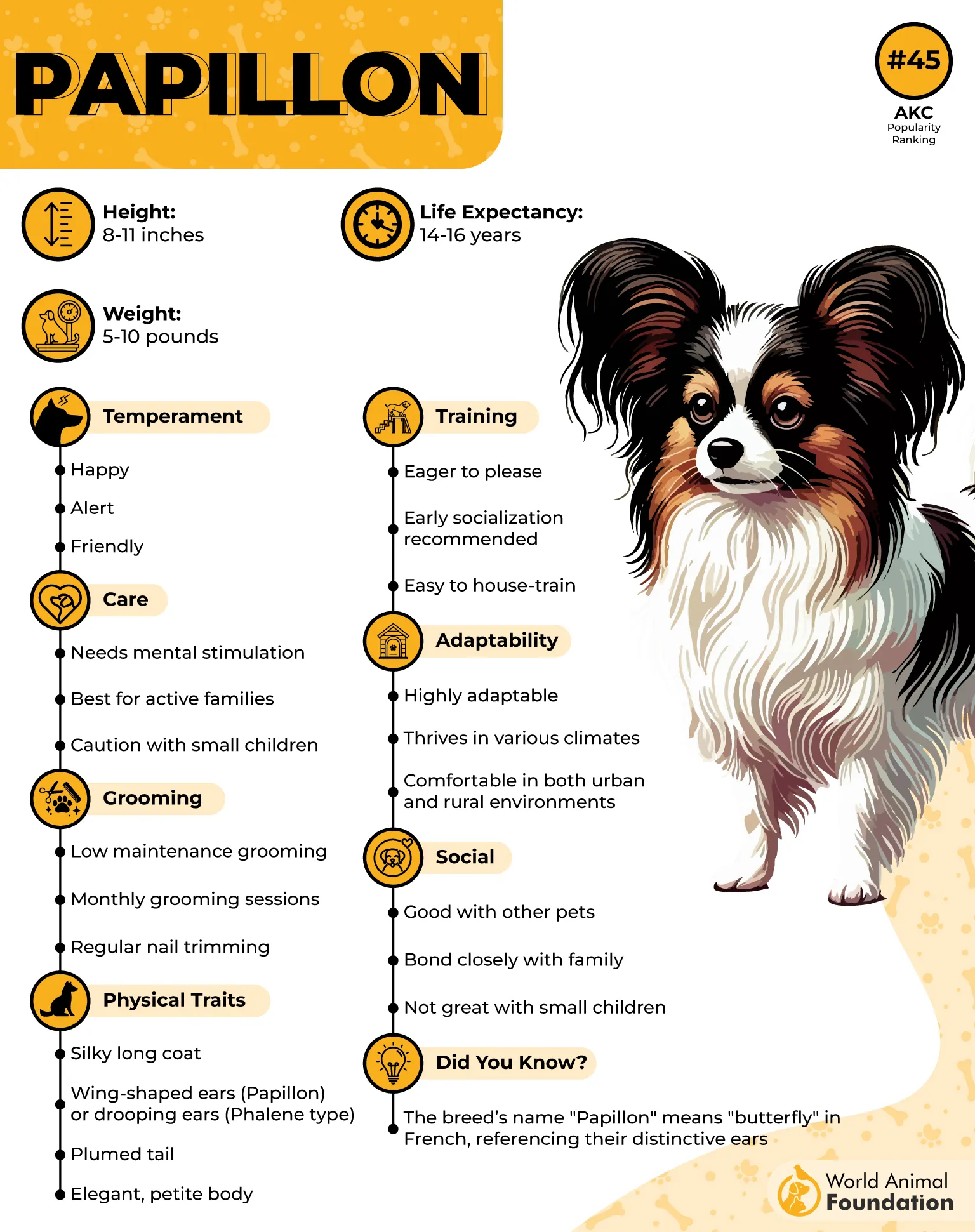
Training a Papillon is like dealing with a toddler—short, engaging lessons work best. If you drag out a session, they’ll decide it’s playtime. They thrive on positive reinforcement, so expect them to demand a treat or belly rub after every successful trick. Skip the reward? Don’t be surprised if they act like they forgot everything you just taught them.
Papillons are natural performers, and they love an audience. Their small size and agility make them stars in dog sports like obedience and agility competitions. But here’s the funny part—they’ll happily show off tricks for strangers while ignoring the commands of their actual owner. It’s not defiance; they just enjoy choosing when to listen.
Are they easy to train? Absolutely—as long as you keep it fun. If you try to force obedience, they’ll roll their big butterfly ears at you and scamper off in the other direction. But make training a game, and they’ll be eager to show off their smarts. Think you can outsmart a Papillon? Try it and see!
4. Doberman Pinscher
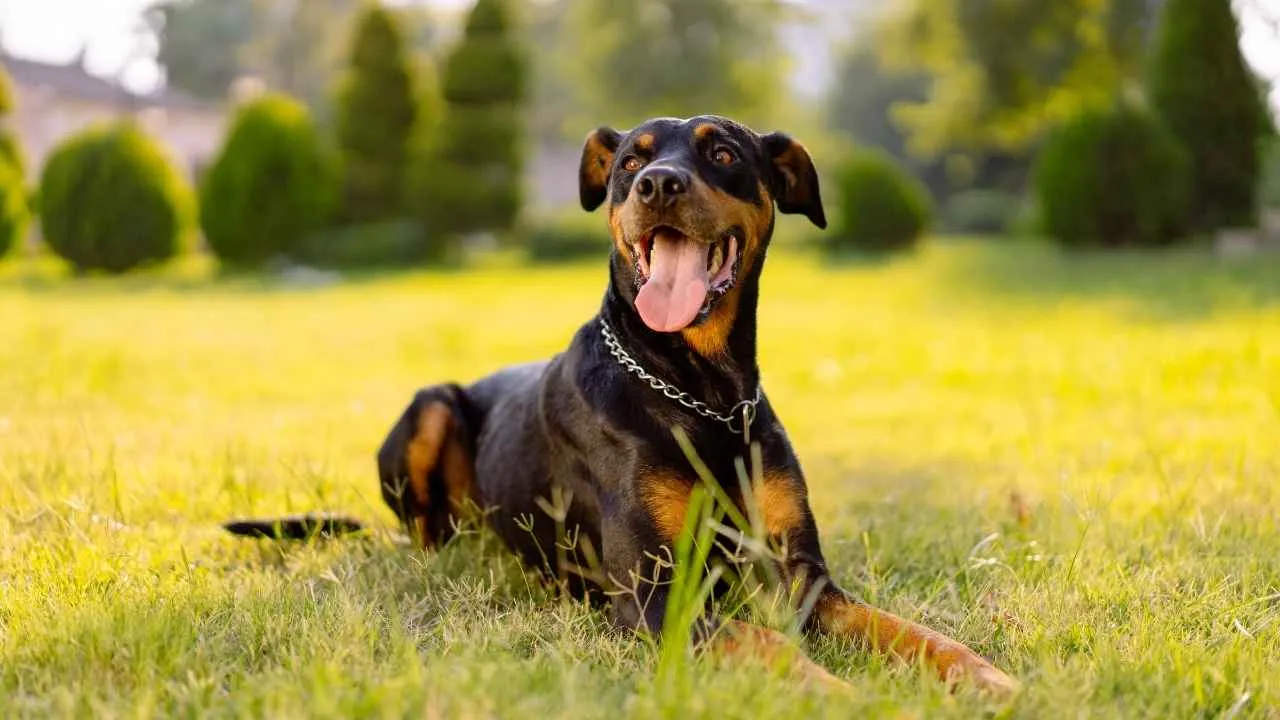
These sleek, powerful dogs are known for their intelligence, but they’re not the type to follow orders just for fun. If they don’t see the point in your asking, they’ll look you dead in the eye and decide whether it’s worth their time. Training a Doberman isn’t about telling them what to do—it’s about convincing them why they should do it.
Dobermans were bred for protection, and that instinct runs deep. PetMD states they’re naturally alert, loyal, energetic, quick to assess situations, and always thinking three steps ahead. But here’s the kicker: they expect their owners to be just as sharp. If they sense hesitation, they’ll take charge. Confident leadership and clear, firm commands? That’s when a Doberman truly shines.

They pick up commands ridiculously fast—sometimes too fast. Teach them a bad habit by mistake, and they’ll lock it in as quickly as a good one. And once a Doberman decides something is fun, good luck convincing them otherwise. This is a 90-pound dog sprinting around the yard because it feels like it.
You’d think a dog this intelligent would be easy to train, right? Well, kind of. The problem isn’t their ability to learn—they desire to listen. Dobermans thrive on mental stimulation and challenges. If training gets boring or repetitive, they’ll zone out and find their entertainment.
Have you ever noticed how Dobermans have zero chill regarding their favorite humans? They’re not just protective; they’re obsessed with their families. They’ll shadow your every move, sit uncomfortably close, and follow you from room to room like an oversized, muscular shadow. Want personal space? Not happening.
5. Border Collie
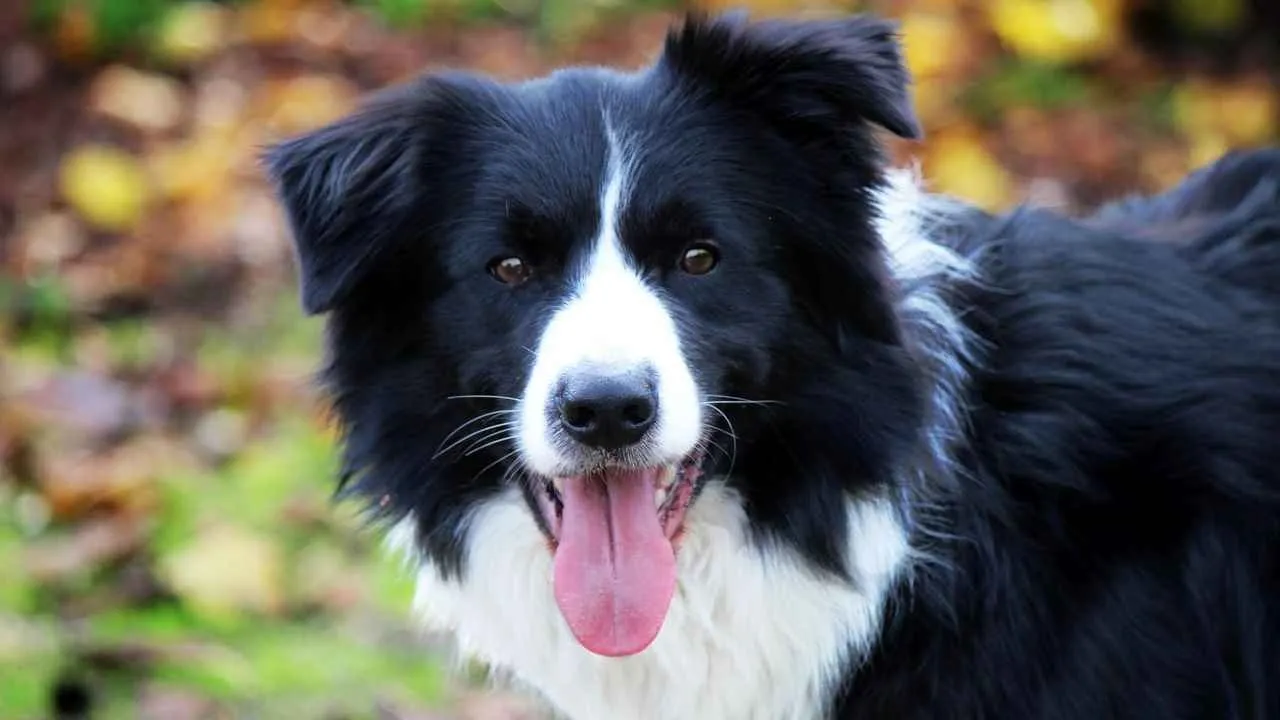
The dog that could outthink you is the Border Collie. These dogs aren’t just smart—they’re borderline masterminds. They learn commands at lightning speed, but they’ll invent their own games if training isn’t challenging enough. And trust me, their version of fun usually involves herding everything in sight—kids, cats, even you.
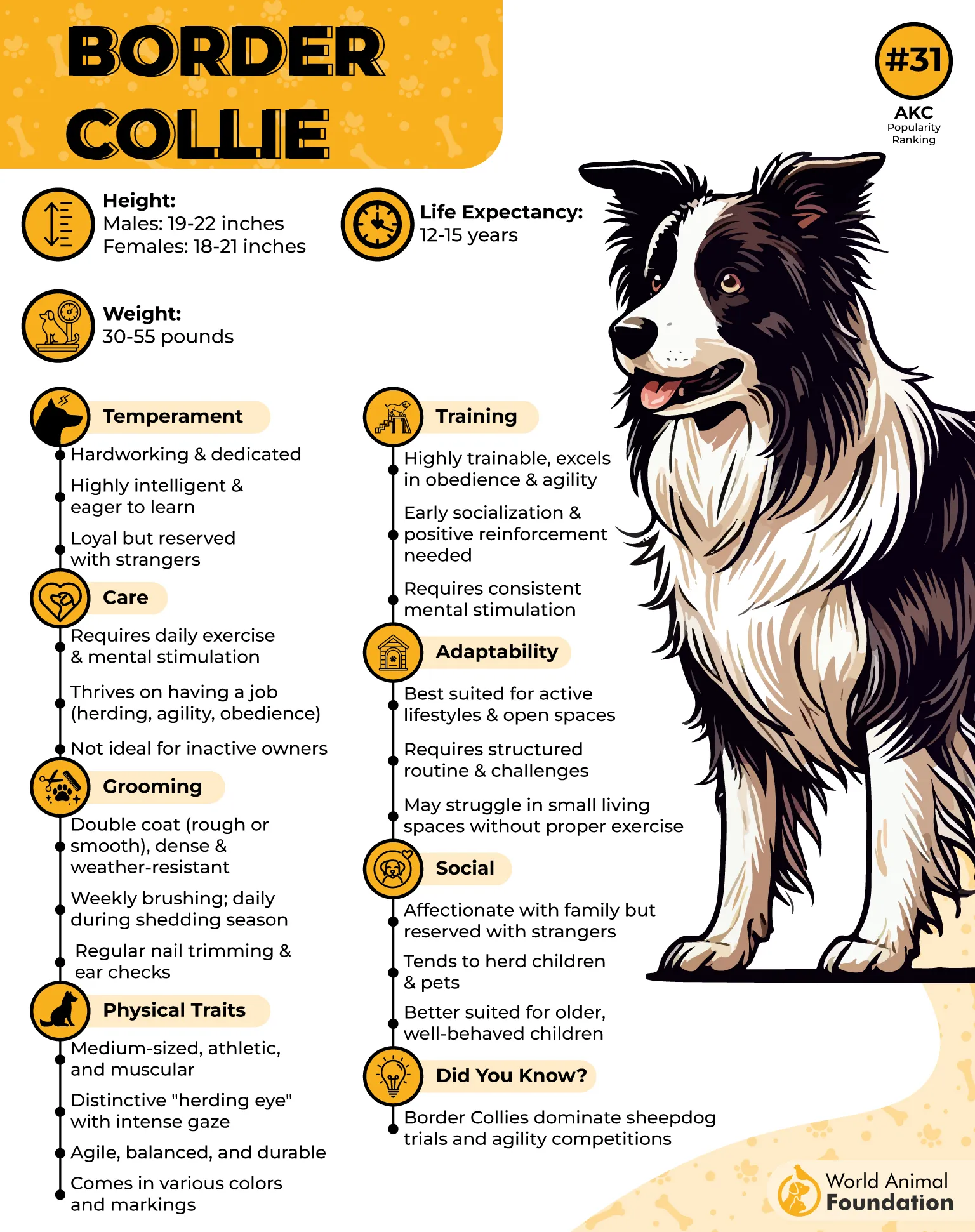
Border Collies are workaholics. They were bred to herd sheep, and that instinct never turns off. They’ll create one if they don’t have a job. According to Petplan, they are energetic and eager to please. Ever seen a dog stare at something so intensely that you feel like it’s plotting world domination? That’s a Border Collie in mid-herding mode. They lock onto movement like a laser, waiting for the perfect moment to act.
Training a Border Collie is both a dream and a challenge. They don’t just obey commands—they study them. Say something once, and they’ll probably remember it forever. If you’re inconsistent or unclear? Forget it. They’ll take matters into their paws and do things their own way.
Mental stimulation is just as important as physical exercise. You can’t just take them on a long walk and expect them to be satisfied. If their brain isn’t engaged, they’ll find creative ways to entertain themselves—like rearranging furniture, opening doors, or herding your guests into the living room.
These dogs don’t just enjoy running—they need it. And not just aimless zoomies, either. They crave structured activities like agility, obedience trials, and trick training. Skip the mental and physical challenges, and you’ll end up with a frustrated, mischief-making whirlwind.
6. Poodle
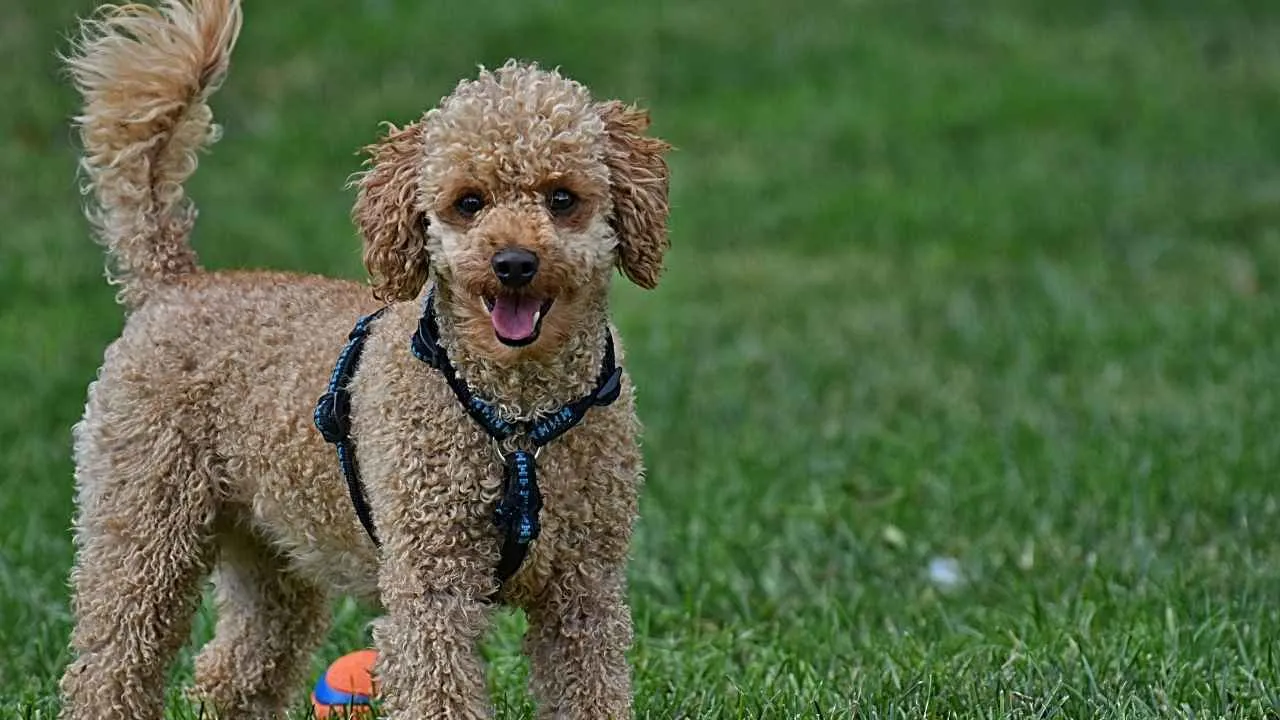
Poodles are not just fancy show dogs. Under that curly coat is one of the smartest dogs you’ll ever meet. Petplan describes that Poodles are ridiculously intelligent, but here’s the kicker—they’re also hilariously sneaky. If they can get away with doing less, they will.
Poodles are problem solvers. Give them a puzzle toy, and they’ll crack it in minutes. Hide treats? They’ll sniff them out faster than you can blink. But if training sessions feel repetitive, they’ll lose interest and start improvising. This dog turns a simple “sit” command into an entire performance to entertain themselves.
These dogs love attention, and they know exactly how to get it. They’re natural entertainers, often picking up tricks to show off. But don’t let their playful nature fool you—Poodles are workaholics. Whether it’s obedience, agility, or advanced tricks, they thrive when given a challenge. The moment they feel unchallenged? They’ll turn into mischievous little schemers.
One of the most surprising things about Poodles is their athleticism. People see the fancy haircut and assume they’re delicate, but these dogs were originally bred as hunting retrievers. That means they’re fast, highly coordinated, and born swimmers.
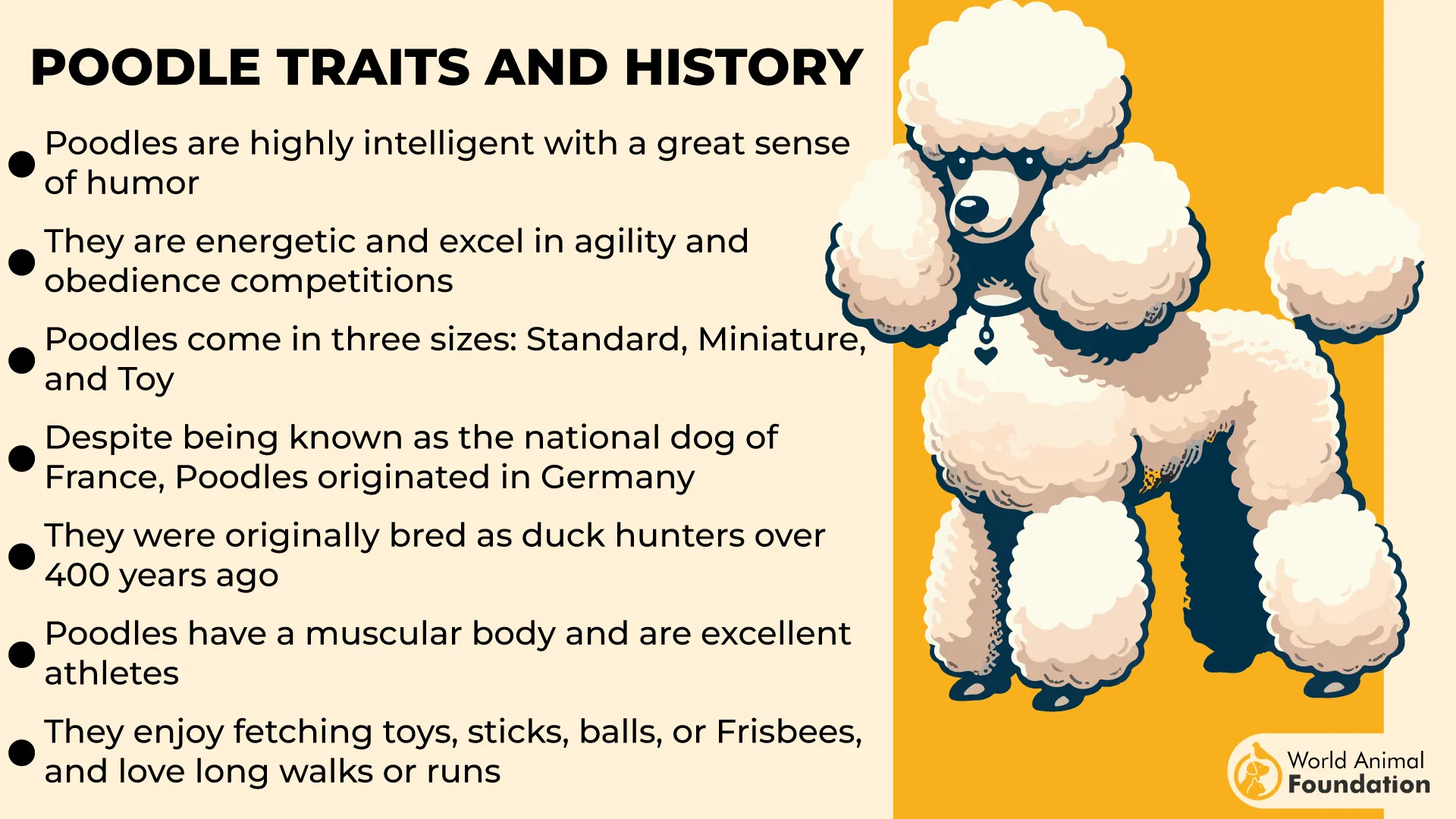
Socially, Poodles are hilariously dramatic. They form strong bonds with their owners and always expect VIP treatment. Ignore them for too long, and they’ll either pout like a heartbroken artist or find a way to demand your attention—sometimes by doing something outrageously clever (or outrageously naughty).
7. Golden Retriever

Golden Retrievers are the ultimate people pleasers. If there’s one thing they love (besides food), it’s making their humans happy. These dogs are eager learners, but here’s the thing—they can also be easily distracted. Poodles are very playful and eager to please, says WebMD.
Training a Golden Retriever is like working with a hyper-friendly, slightly forgetful genius. They grasp commands quickly, but their enthusiasm sometimes gets the best of them. You say “sit,” they sit—but then they’re wagging their tail so hard they can barely stay still. They’re the type to follow a command, then immediately run over to celebrate with everyone in the room.
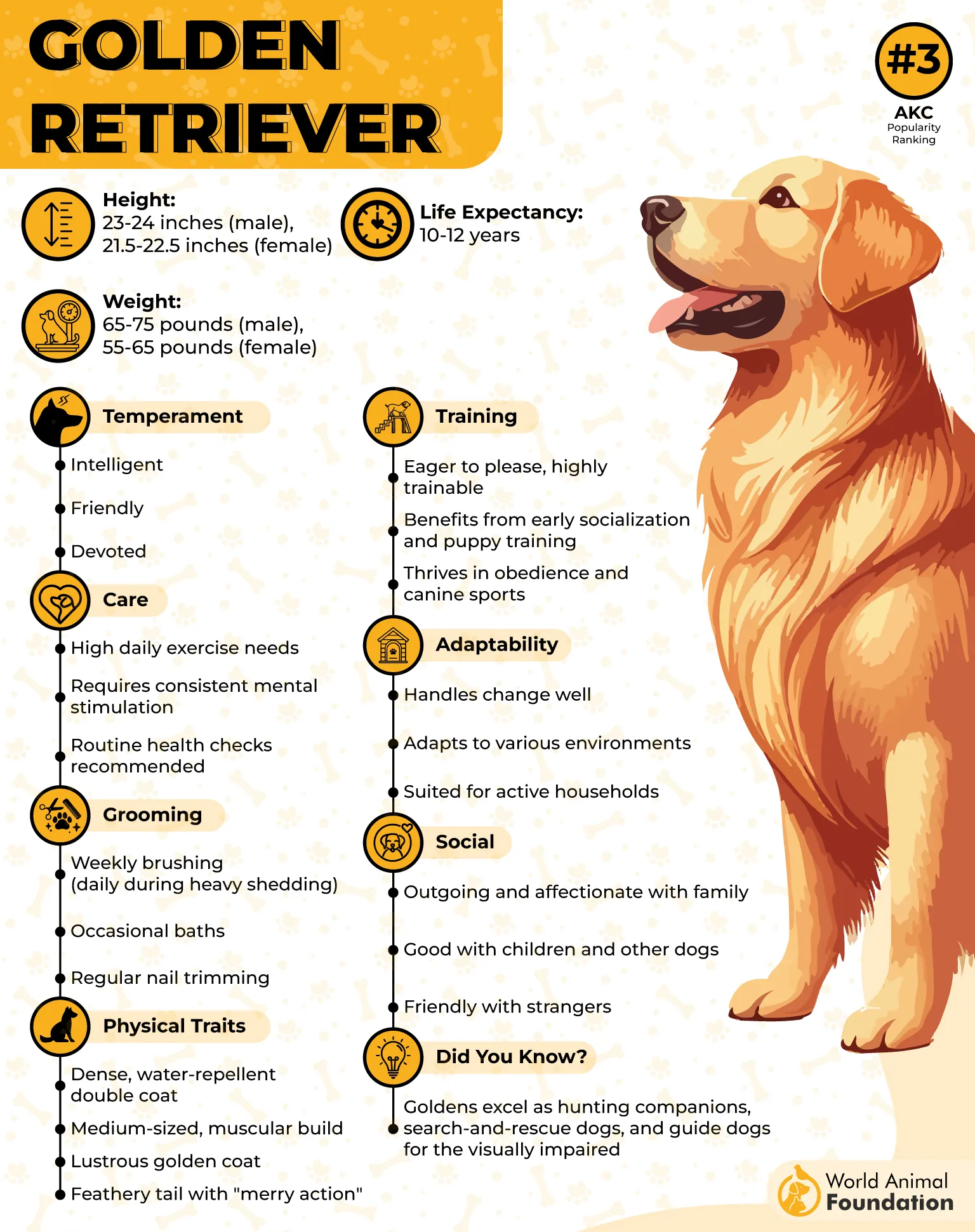
Golden Retrievers thrive on positive reinforcement. Harsh corrections? Nope, not for these soft-hearted dogs. If you raise your voice, they’ll look at you like you’ve just broken their heart. But give them a treat and some praise? They’ll do whatever you ask—probably with an extra wag and a happy bounce.
One thing to know about Goldens is that they love routine. They’ll remember what time you feed them, when you take them out, and even the exact path of your daily walk. Skip their regular schedule, and they’ll give you the most dramatic look of disappointment. A dog that sighs at you like an upset toddler.
While intelligent, Goldens aren’t as independent as some other breeds. They learn fast but rely on their humans to keep them engaged. Leave them alone too long, and they’ll entertain themselves—usually by chewing something they shouldn’t. Do you have a Golden? Keep plenty of toys around unless you want your shoes turned into confetti.
8. Labrador Retriever
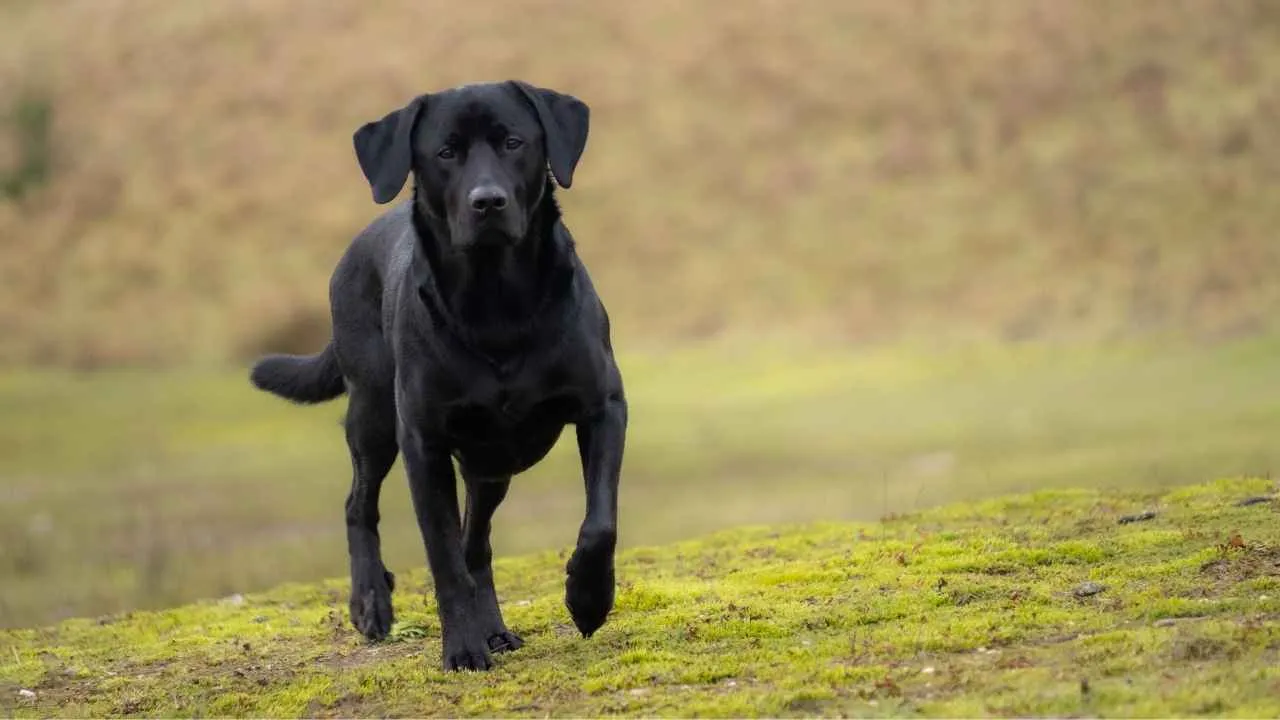
Labrador Retrievers are the overachievers of the dog world. They don’t just want to learn—they live for it. Labs are the kind of dogs that come running the moment they hear “training session,” ready to impress. But don’t be fooled by their eagerness—sometimes, their boundless energy gets in the way of their focus. They have a friendly and easygoing nature, states Purina.
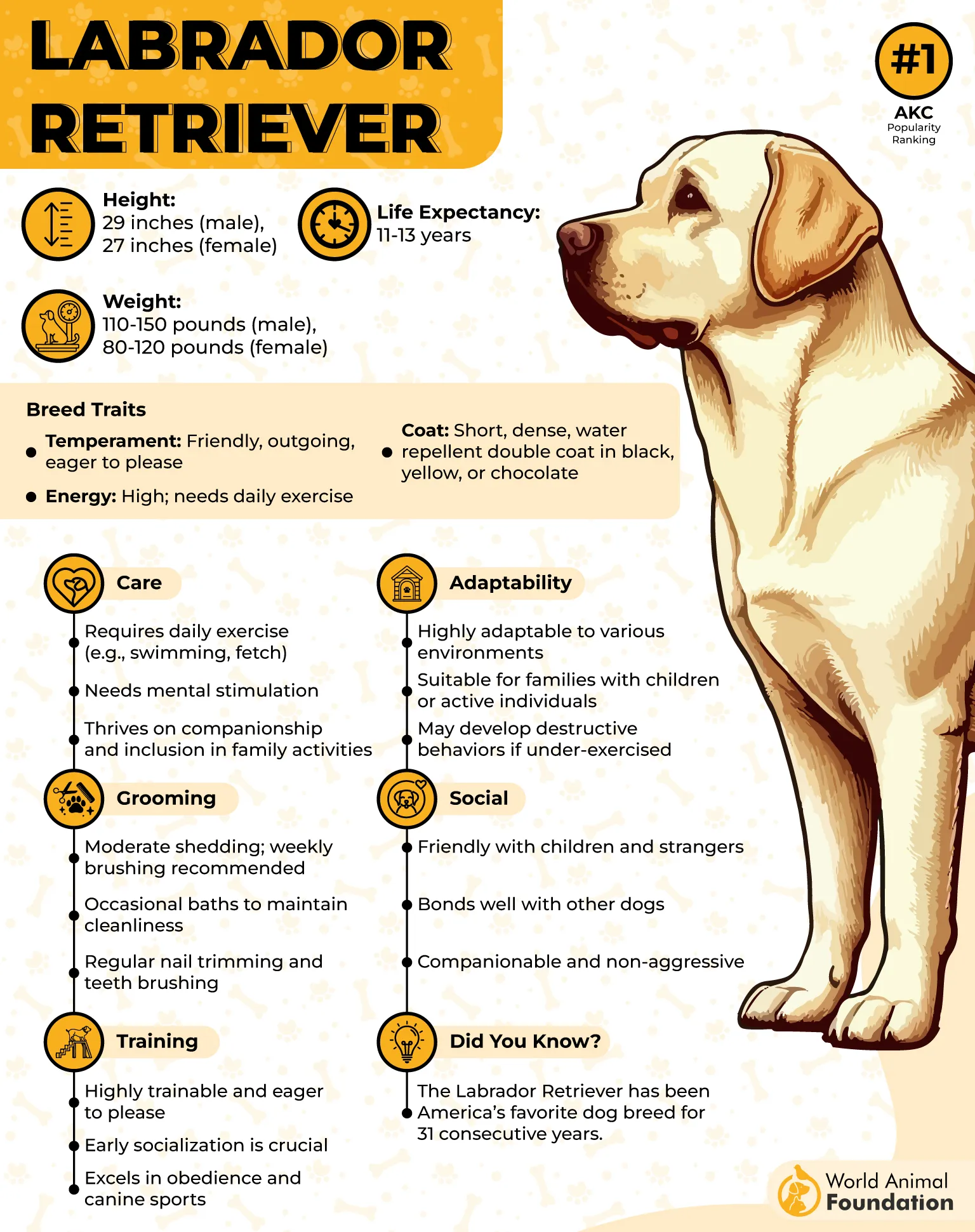
Labs are known for their lightning-fast learning ability. Teach them a trick, and they’ll probably have it down before you finish saying “good boy.” But here’s the catch—if training isn’t fun, they will lose interest. Labs thrive on interaction, rewards, and plenty of praise. If a session starts feeling too dull? They’ll suddenly “forget” commands or get distracted by literally anything.
Food is a Labrador’s ultimate motivation. These dogs will do anything for a treat. Sit? Easy. Stay? No problem. Learn an entire agility course in record time? Absolutely—just show them the snacks. But beware: their love for food means they can outsmart you when it comes to sneaking extra treats.
Unlike some breeds that get bored with repetitive tasks, Labs will keep going as long as they’re having fun. Whether it’s fetching, swimming, or agility training, they’ll throw themselves into any activity with pure enthusiasm. But they also have a playful, mischievous streak—if they sense they can get away with bending the rules, they absolutely will.
Labs love people—maybe a little too much. They aren’t just social; they’re social butterflies. Walk into a room, and they’ll greet you like you’ve been gone for years. This makes them fantastic companions, but it also means they need proper training to control their exuberant greetings. Otherwise, they’ll be jumping on every guest who walks through your door.
9. English Springer Spaniel
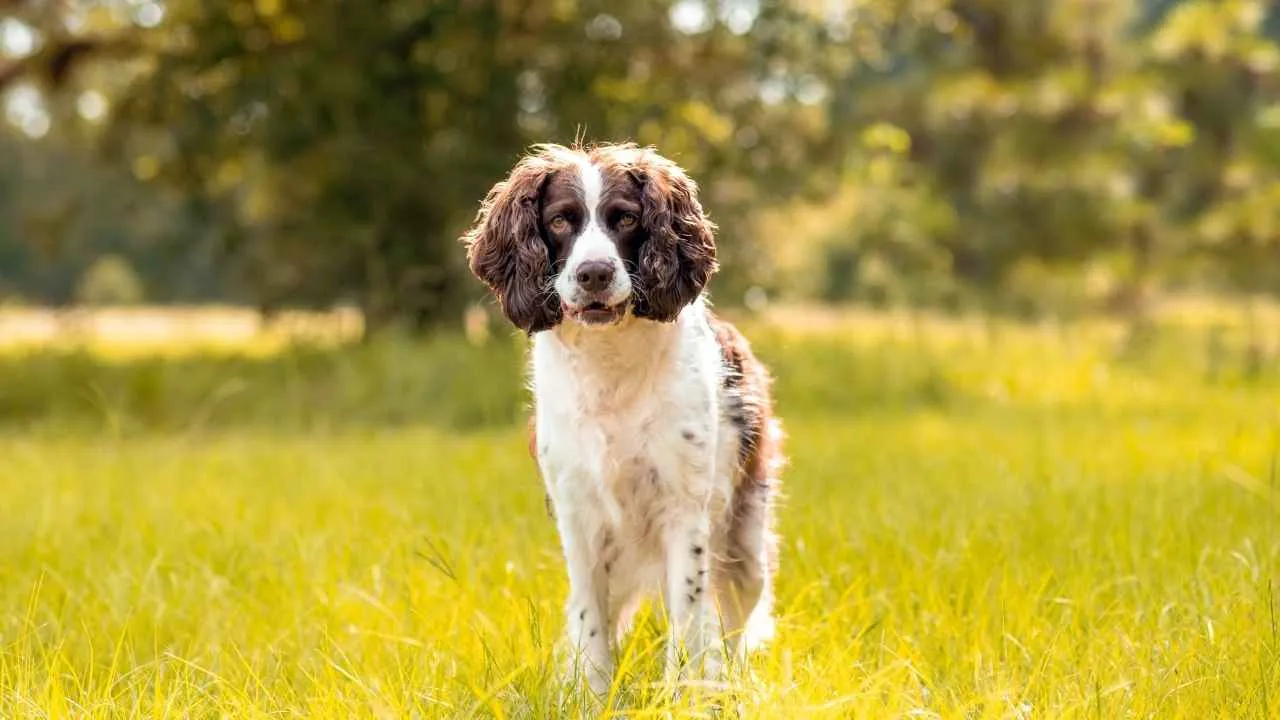
English Springer Spaniels are the teacher’s pet of the dog world—smart, hardworking, and always eager to impress. But don’t let their sweet face fool you. While they love to learn, they also have a bit of a stubborn streak. This dog understands a command perfectly but chooses to pretend they don’t.
These dogs are highly trainable, but they’re also independent thinkers. They’ll learn commands at lightning speed—if they see the point. If training is fun, engaging, and involves plenty of praise, they’ll be all in. But if they decide they’ve got better things to do, you might be in for a challenge.
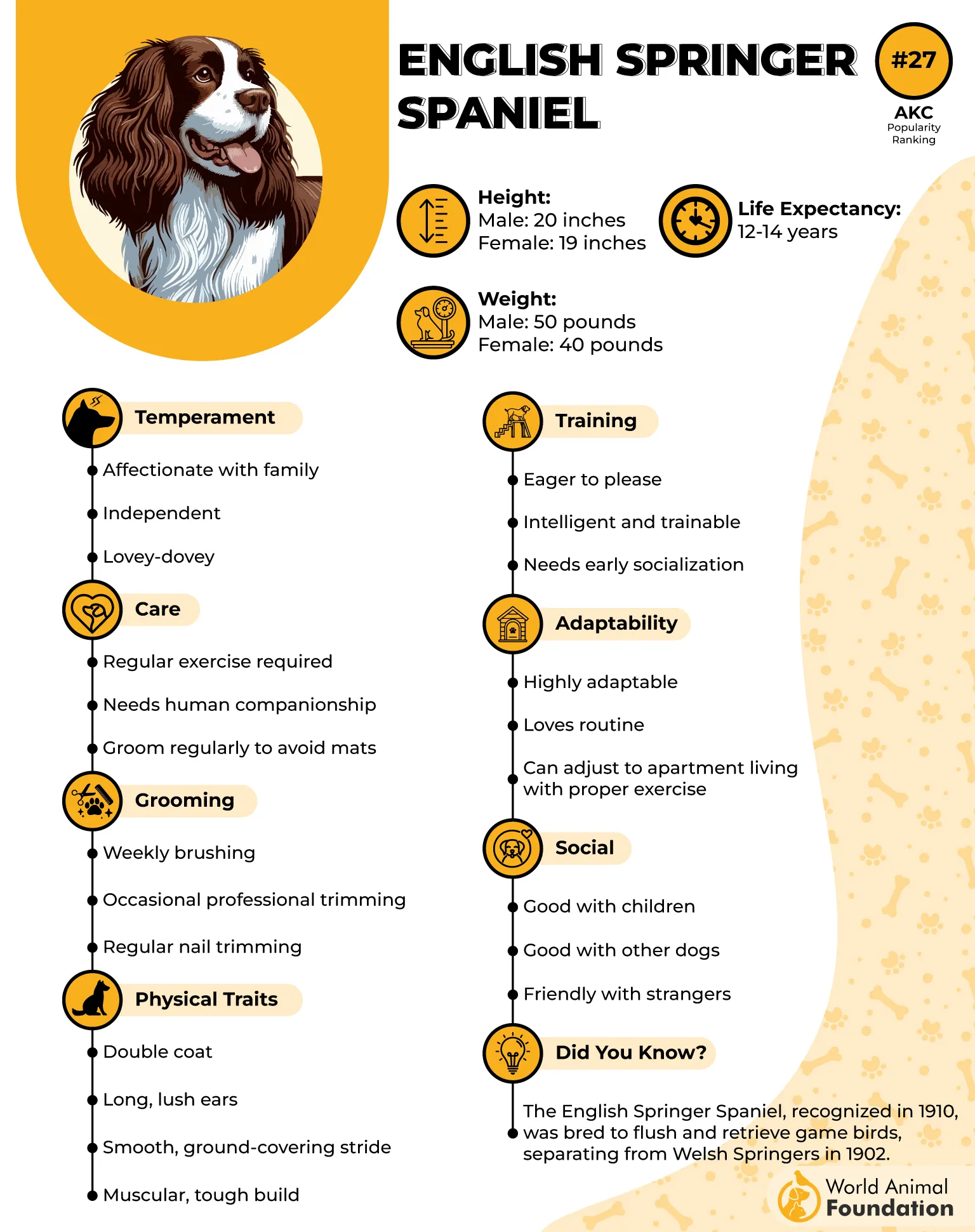
Springers love to stay busy. These dogs were bred to herd and still have that endless energy. They’re happiest when they have a job—whether fetching, running, or even helping around the house. Some Springer owners even teach their dogs to carry groceries! (Just don’t leave anything too tasty in the bag.)
One thing that sets Springers apart is their sensitive nature. Petplan describes them as affectionate, people-oriented, and incredibly in tune with their owners’ emotions. Raise your voice even slightly, and they’ll look at you like you just broke their heart. They don’t respond well to harsh training but to positive reinforcement. That’s their love language.
Springers have unbreakable focus when they’re interested. Their hunting instincts run deep, meaning they forget everything once they lock onto a scent. Ever tried calling a Springer back when they’ve spotted a bird? Good luck! It’s like trying to interrupt a kid watching their favorite cartoon.
Quick Fact: English Springer Spaniels were named after their unique hunting style—they “spring” game birds into the air for hunters. Talk about a dog that lives up to its name!
Conclusion
While some dog breeds are known for being highly intelligent and incredibly easy to train, others are occasionally willing to learn depending on their mood, training methods, and motivation. Breeds like the Chow Chows and Border Terriers may require extra training and positive reinforcement to stay engaged. At the same time, large dogs such as the Bernese Mountain Dog and Rottweiler are gentle but may need early socialization and reward-based training to excel. Certain breeds, including the Miniature Schnauzer and Little Havanese, have an affectionate nature and enjoy learning new tricks, but they may also display independent tendencies that require a dog trainer’s expertise.
Despite varying levels of obedience, many of these breeds thrive with mental stimulation and enrichment through dog sports, training sessions, and obedience trials. Australian Cattle Dogs, Doberman Pinschers, and German Shepherds are excellent service dogs, search and rescue dogs, and are even used in military work due to their natural athleticism and strong work ethic. On the other hand, breeds like the Australian Shepherd, English Springer Spaniel, and Cocker Spaniel are active dogs that require regular exercise and thrive when learning complex tricks.
For dog owners, understanding their favorite breed’s temperament is key to preventing behaviors like destroying household items and ensuring they stay engaged. Breeds originally bred to work independently, such as the Belgian Tervuren, may require additional patience. However, with proper training, course adjustments, and using treats as motivation, even occasionally willing-to-learn dog breeds can become the most obedient dog breeds with a calm demeanor and affectionate bond with their family.


